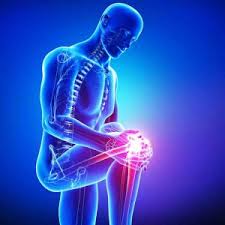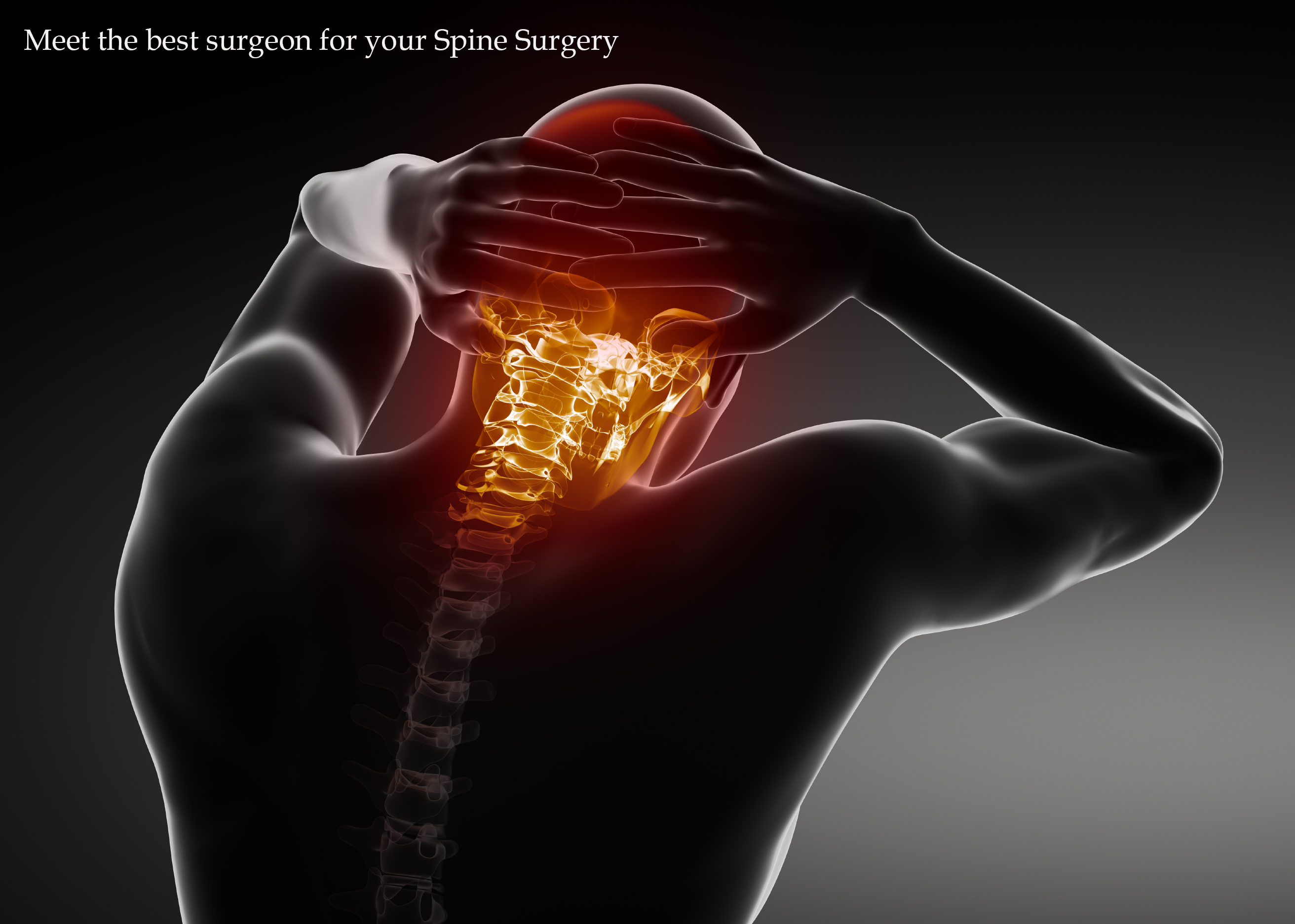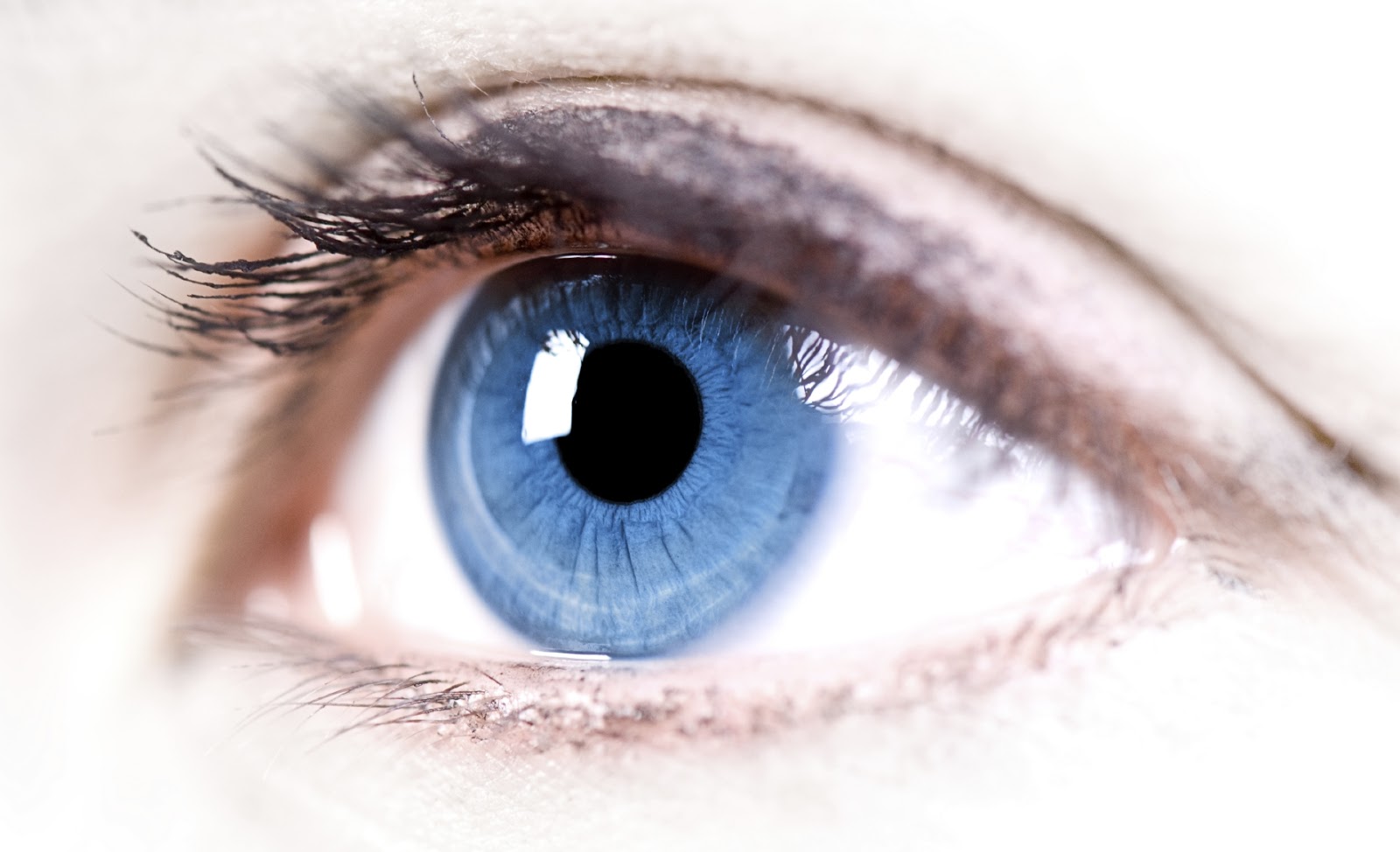Dermatomyositis is a rare inflammatory disease. Common symptoms of dermatomyositis include a distinctive skin rash, muscle weakness, and inflammatory myopathy, or inflamed muscles. It’s one of only three known inflammatory myopathies. Dermatomyositis can affect both adults and children. There’s no cure for this condition, but symptoms can be managed.
Causes:
The exact cause of dermatomyositis isn’t known. However, it has many similarities to an autoimmune disease. An autoimmune disease occurs when your body’s disease-fighting cells, called antibodies, attack your healthy cells. Having a compromised immune system may also contribute to getting the disease. For example, having a viral infection or cancer may compromise your immune system and lead to the development of dermatomyositis.

Symptoms
In most cases, the first symptom is a distinctive skin rash on the face, eyelids, chest, nail cuticle areas, knuckles, knees or elbows. The rash is patchy and usually a bluish-purple color.
You may also have muscle weakness that gets worse over weeks or months. This muscle weakness usually starts in your neck, arms, or hips and can be felt on both sides of your body.
Other symptoms you might experience are:
- muscle pain
- muscle tenderness
- problems swallowing
- lung problems
- hard calcium deposits underneath the skin, which is mostly seen in children
- fatigue
- unintentional weight loss
- fever
There is a subtype of dermatomyositis that includes the rash but not muscle weakness. This is known as amyopathic dermatomyositis.
Treatment for dermatomyositis
For most people, there’s no cure for dermatomyositis. Treatment can improve the condition of your skin and muscle weakness. Available treatments include medication, physical therapy, and surgery.
Corticosteroid medications, such as prednisone, are the preferred method of treatment in most cases. You can take them by mouth or apply them to your skin. Corticosteroids lower the response of your immune system, which reduces the number of inflammation-causing antibodies.
For some people, especially children, symptoms may resolve completely after a treatment course with corticosteroids. This is called remission. Remission may be long-lasting, and sometimes even permanent.
Corticosteroids, especially in high doses, shouldn’t be used for extended periods of time because of their potential side effects. Your doctor will most likely start you on a high dose and then gradually lower it. Some people can eventually stop taking corticosteroids completely if their symptoms go away and stay away after stopping the medication.
If corticosteroids alone don’t improve your symptoms, your doctor might prescribe other medications to suppress your immune system.
Corticosteroid-sparing medications are used to reduce the side effects of corticosteroids. Drugs such as azathioprine and methotrexate may be used if your case is advanced or if you have any complications from corticosteroids.
Intravenous immunoglobulin (IVIG)
If you have dermatomyositis, your body is producing antibodies that target your skin and muscles. Intravenous immunoglobulin (IVIG) uses healthy antibodies to block these antibodies. IVIG consists of a mixture of antibodies that have been collected from thousands of healthy people who have donated their blood. These antibodies are given to you through an IV.
Additional treatments
Your doctor might suggest additional treatments, such as:
- physical therapy that improves and preserves your muscle strength, along with preventing loss of muscle tissue
- an antimalarial medication, hydroxychloroquine, for a persistent rash
- surgery to remove calcium deposits
- medications to help with pain





















